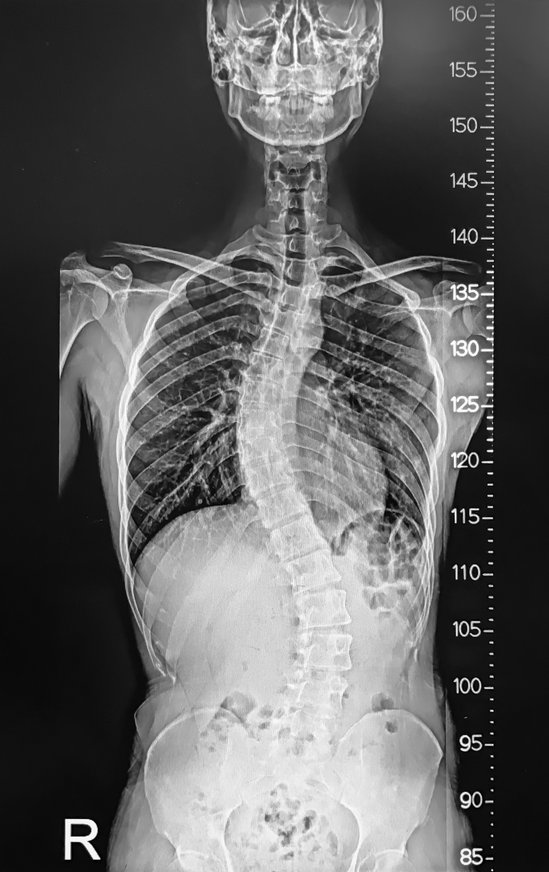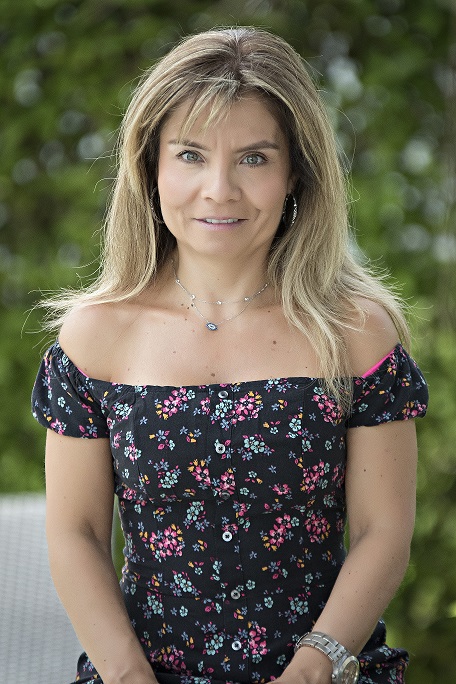
Scoliosis Treatment with Myofascial Release
Scoliosis affects between six to nine million people in the US. Often, it first shows up when you’re a child or teenager, but it has been diagnosed in adults as well. Scoliosis can affect babies, children, teens and adults. Regardless of the patient’s age, all patients eventually seek scoliosis treatment.
Simply put, scoliosis is a sideways curve in your spine. The angle of the curve may be small, large, or somewhere in between. But anything that measures more than 10 degrees on an X-ray is considered scoliosis. Doctors may use the letters “C” and “S” to describe the curve.
What Causes Scoliosis
The causes of the spine curvature might be unknown.
- congenital (lack of proper development in the womb),
- neuromuscular, when a neurological problem damages the support muscles of the spine, or
- degenerative, when the spine muscles and joints wear with age.
Types of Scoliosis
Scoliosis may be postural or structural.
- Postural scoliosis can be corrected if properly treated.
- Structural scoliosis can only be reversed with surgery.
In addition to postural or physical symptoms, scoliosis may lead to: Back pain, back stiffness, leg pain and numbness produced by pinched nerves, and muscle strain may produce fatigue. Many times, patients seek scoliosis therapy to relieve pain.

All types of scoliosis affect individuals. It may cause pain, trunk rotation, deficient posture, decreased quality of life, and pulmonary function.
In some cases, surgery is not possible, in other cases surgery corrects the curvature of the spine but increases symptoms as pain, stiffness, numbness etc.
Scoliosis Treatment Options
Depending on the age of the patient, scoliosis treatment often includes observation (for children), braces or surgery. Patients seeking scoliosis pain relief will exhaust all types of treatment plans to relieve pain and pursue a healthy lifestyle.
Myofascial Release is very effective in both types of scoliosis, structural and postural. Case studies have consistently shown improvements in pain levels, trunk rotation, posture, quality of life, and pulmonary function.
These results are attainable because Myofascial Release techniques may help unwind aberrant strain patterns. When scoliosis occurs, muscles and tissues tighten around the spine to restrict movement. Myofascial release unwinds those tissues and rebalances the muscles and tissues around the spine. As a result, the patient achieves better or proper posture depending on the specifics of the case.
Treating Scoliosis with Myofascial Release

Wholistic PT offers a comprehensive approach to treating scoliosis. Since every case is different, it is recommended that everyone schedules an evaluation before receiving any type of scoliosis treatment.
When restrictions in the muscles and tissues are released, scoliosis can be corrected. With this type of scoliosis therapy, pain diminishes and eventually disappears. Our patients can live a normal life without scoliosis pain and discomfort.